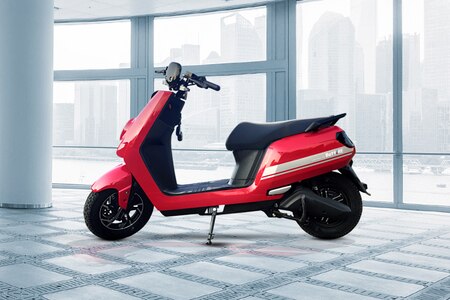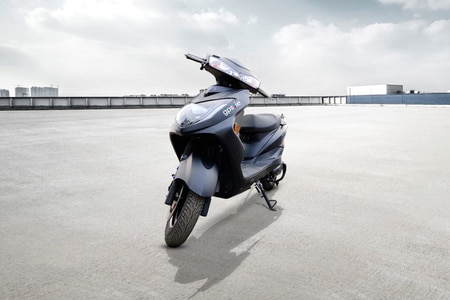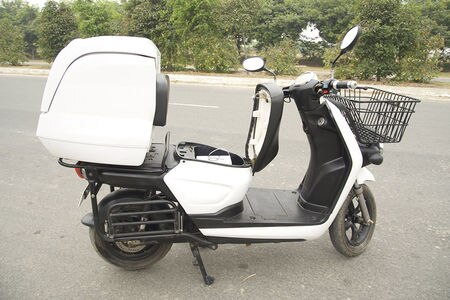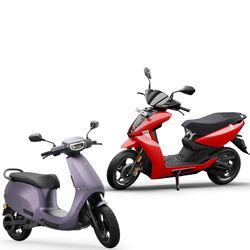Ideal maintenance schedule for electric vehicles. Key things to know
- The usual maintenance of an electric vehicle is similar to maintaining an ICE vehicle but in some ways, it is different.
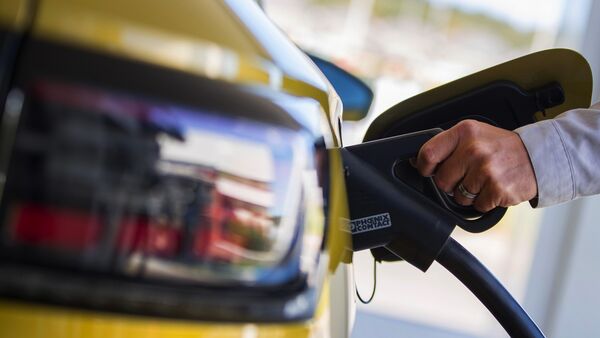

With the rapidly growing number of electric vehicles around us, there are tons of questions among potential EV buyers and owners. One of them is the maintenance. Like every vehicle with an internal combustion engine (ICE), electric vehicles too require periodical maintenance. The usual maintenance of an electric vehicle is similar to maintaining an ICE vehicle but in some ways, it is different.
Some components wear out quicker, while some require replacement a lot less often. Some components that are regularly serviced in the ICE vehicles don't even exist in the electric vehicles, which means the owners never have to worry about them. The electric vehicles come with fewer moving parts compared to the ICE vehicles. This means, the EVs don't require regular fluid changes or replacement of mechanical components, which tend to wear out. This also means that electric vehicles are cheaper to maintain compared to their ICE counterparts.
Also check these Bikes
Also Read : How to maintain a car to avoid major repair costs. Key tips
Here is a deep dive into the major components of electric vehicles and key facts about their maintenance schedule and requirements.
Battery pack
The most critical component onboard an electric vehicle is the battery pack, which provides the juice for the EV to run. The battery pack should retain a significant part of its original usable capacity even after a long time of use. However, regarding the actual maintenance of the battery pack, there’s nothing the owner can do other than ensuring the coolant isn't seeping out or evaporating and remains at the correct level.
Instead, you can follow some basic tips to make sure the battery remains in good health for a long time.
- Don't charge the battery pack frequently.
- Don't put the battery in charge immediately after driving or riding the EV.
- Avoid charging the battery under direct sunlight.
- Avoid fast charging as much as possible.
Electric motor
Another critical component of electric vehicles is the electric motor, which in unison with the battery pack provides the propulsion power. Just like the battery pack, the EV motors require little or no regular maintenance. Given the only moving part is the rotor which spins inside a magnetic field, there is a lot less that can go wrong. Having no parts like gear, belts or chains that wear out over time, makes an electric motor a lot more durable than an ICE. The only maintenance that may needed for a motor is disassembling and cleaning, but that depends on the type of the unit. The EVs come with a single speed reduction gear mechanism for transmission dury, which also lasts a long time under regular and normal use.
Fluids
Fluid is one segment where electric and ICE-powered vehicles are similar. Both types of vehicles require lubrication and cooling, which is done by fluids. In electric vehicles, the lubricating oil doesn't need to be changed since it doesn't lose lubrication properties over time as it does in a petrol or diesel vehicle. The EV owners only need to tip up the oil if some of it leaks out or goes below the recommended level. The electric vehicles too use a glycol-based coolant like many ICE vehicles. However, the coolant in an EV doesn't require change as it lasts longer compared to an ICE vehicle, where it needs replacement every two years.
Brakes
Electric vehicles rely majorly on their electric motors for braking, while ICE vehicles rely on friction brakes. Replacement of a brake in any vehicle depends on how the vehicle is used. In an electric vehicle, how quickly the brakes wear out is ultimately dependent on how much the regen function is used. If you rely on friction braking in your electric vehicle, the brake pads may wear out faster than an ICE vehicle, as the EV's extra weight puts additional stress on friction brake pads. However, if you drive the EV in one-pedal driving mode and rely on regen braking, then the brake pads can last a long time.
Tyres
Electric vehicles are heavier than their ICE counterparts as they carry a hefty battery pack. This additional weight results in faster wearing out of tyres. Even if the tyres are rotated in an EV after driving it about 10,000 kilometres, the replacement happens more frequently than in an ICE vehicle. Usually, the wear of the EV tyre is between 20 and 50 per cent faster than in a fossil fuel vehicle. The heavier the EV, the sooner it requires tyre replacements. Also, all-wheel drive electric vehicles witness faster wearing out of tyres. Besides the heavy weight of the battery pack, the instant torque delivery of the electric motor is another factor that accelerates tyre wear in an EV. The more powerful the EV motor is, the tyres see faster wear.








 3.1 kWh
3.1 kWh 60 km
60 km